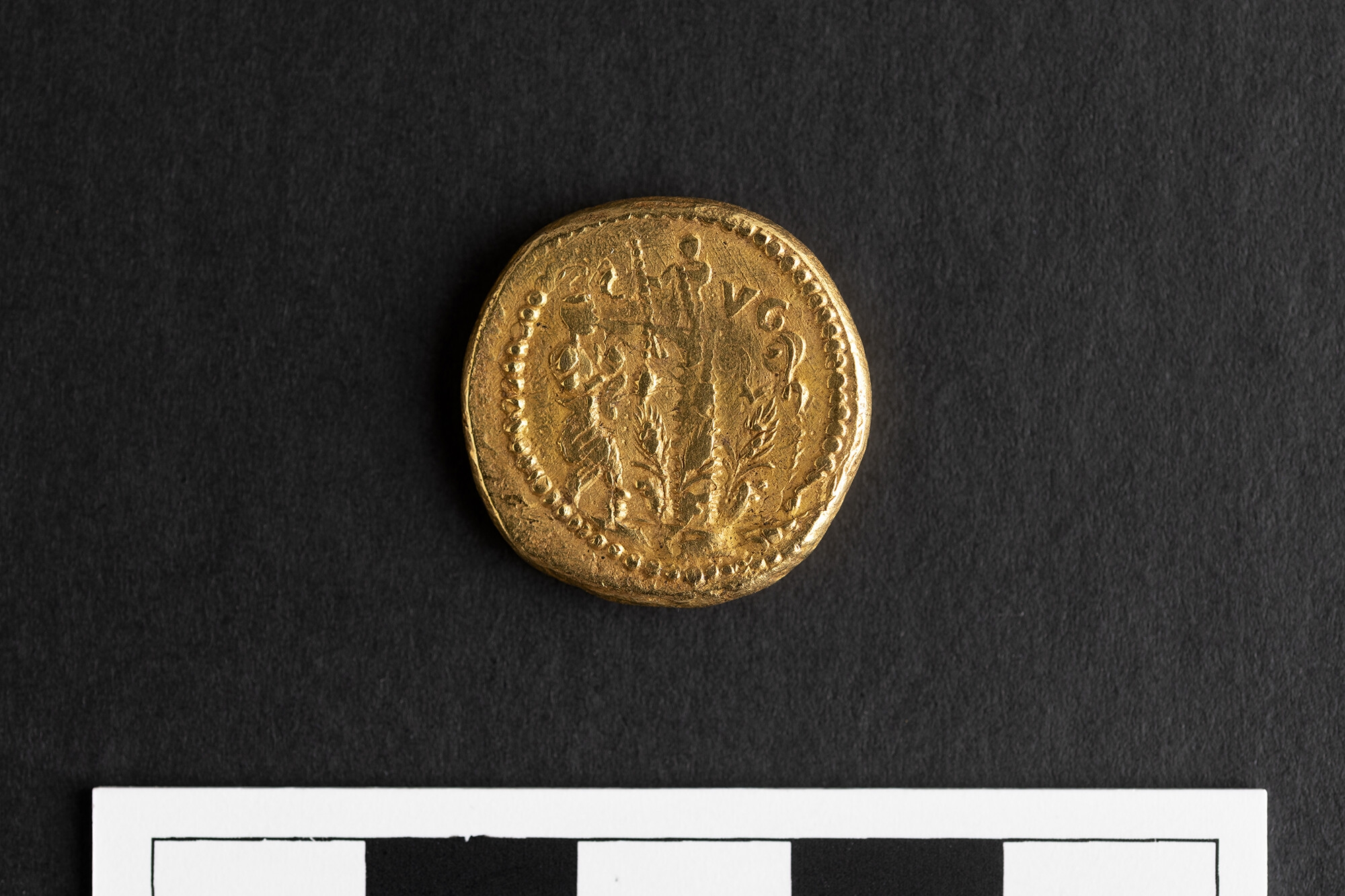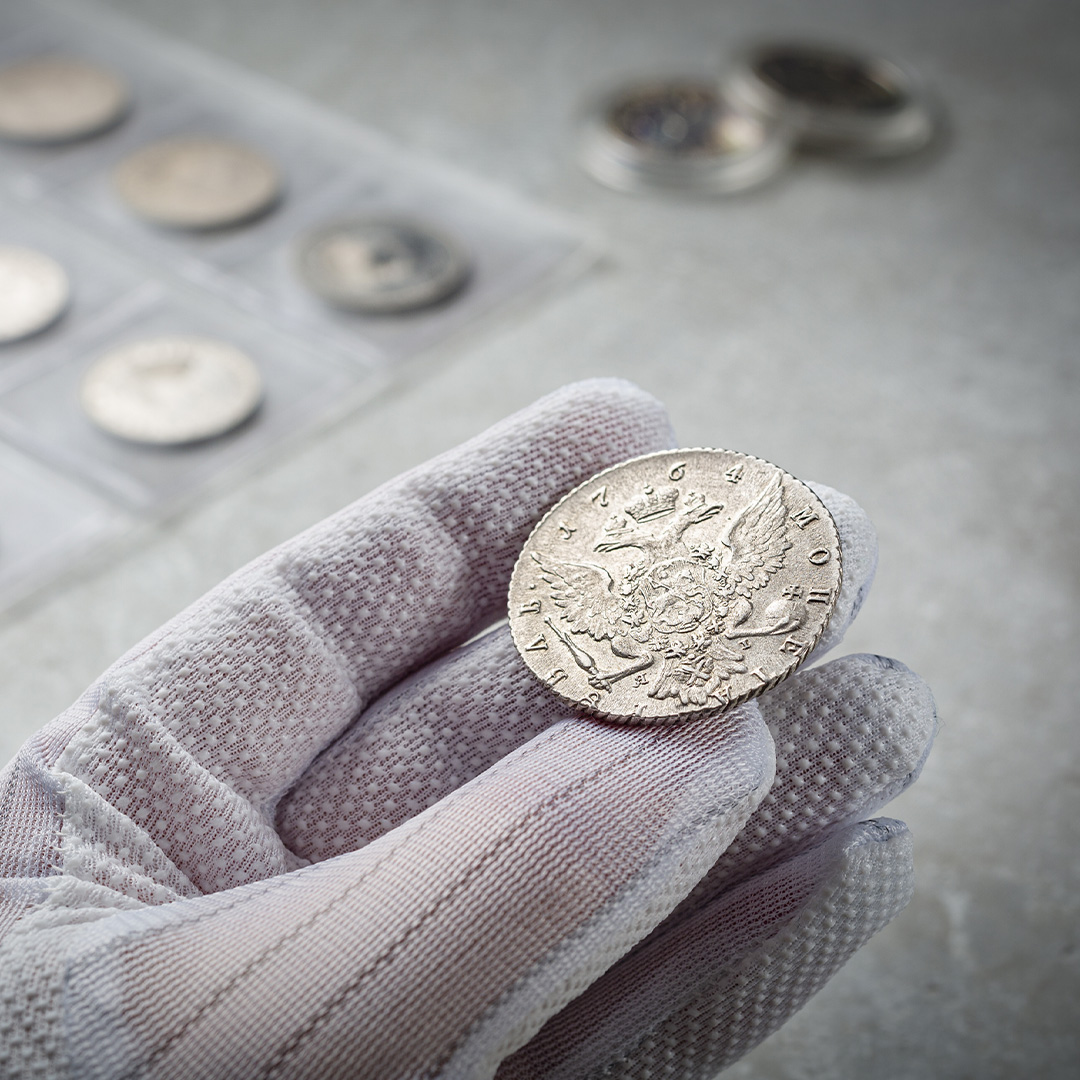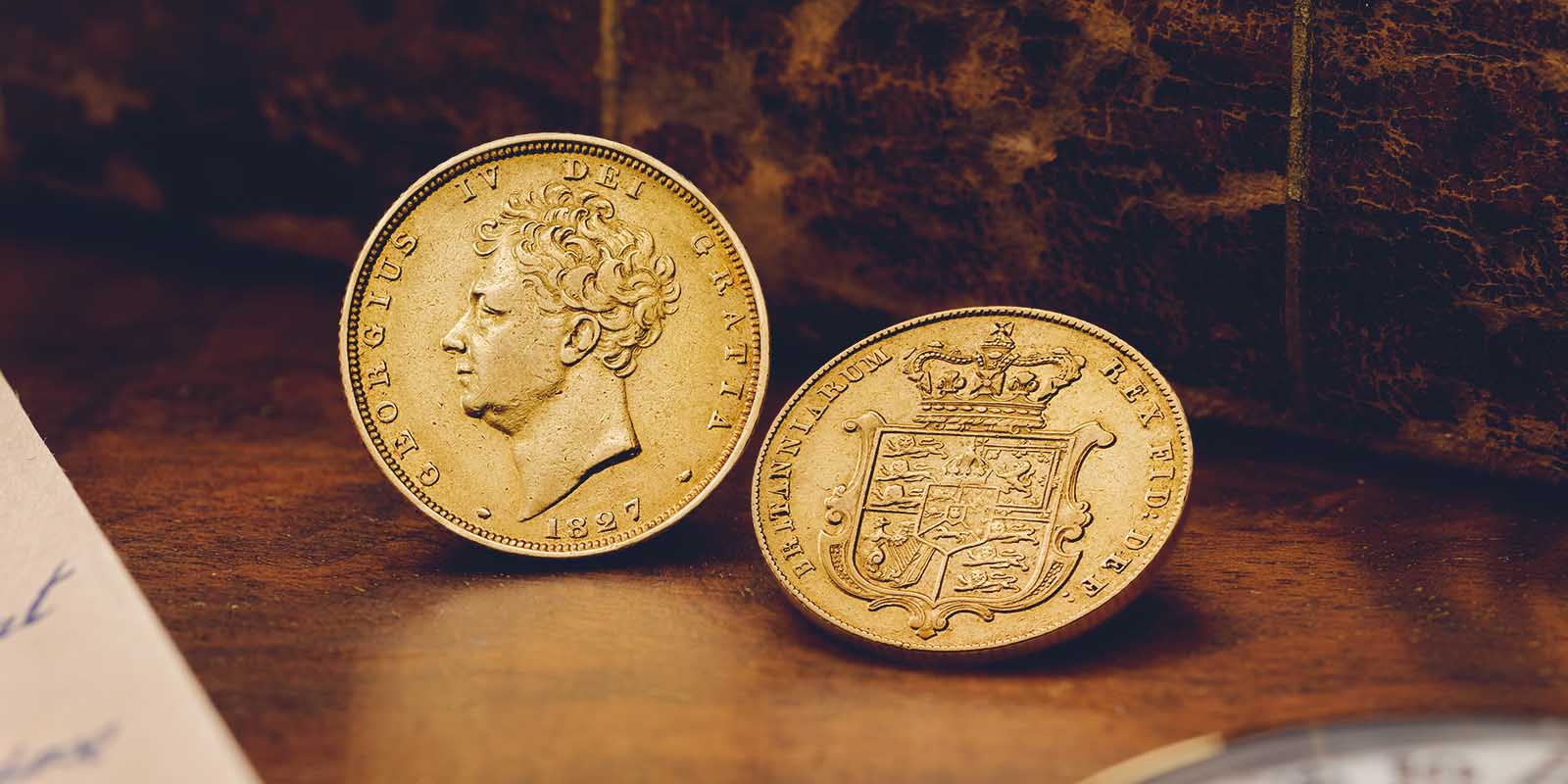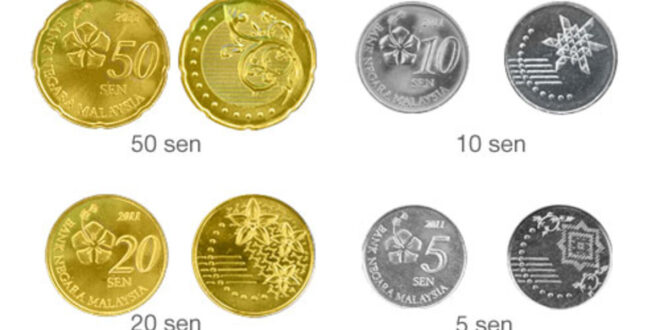Rare coins can be a valuable and sought-after asset for collectors and investors alike. However, with the rise of counterfeit coins in the market, it has become increasingly important to verify the authenticity of these rare coins before making a purchase.
In order to protect yourself from purchasing fake coins, it is crucial to know how to authenticate them properly. There are several methods and tools available that can help you determine the legitimacy of a rare coin, from examining its physical characteristics to conducting specialized tests.
By familiarizing yourself with these techniques, you can confidently verify the authenticity of rare coins and make informed decisions when adding them to your collection.
Introduction to verifying the authenticity of rare coins
 Delving into the world of rare coins, collectors and enthusiasts alike understand the importance of verifying the authenticity of these prized possessions. With fake coins flooding the market, it is essential to arm oneself with the knowledge and tools necessary to weed out counterfeits.
Delving into the world of rare coins, collectors and enthusiasts alike understand the importance of verifying the authenticity of these prized possessions. With fake coins flooding the market, it is essential to arm oneself with the knowledge and tools necessary to weed out counterfeits.
By conducting thorough research, examining key details such as weight, design, and mint marks, as well as utilizing advanced techniques like spectroscopy or X-ray analysis, one can confidently authenticate rare coins and ensure their genuine value. In this article, we will explore the various methods and strategies for verifying the authenticity of rare coins, providing a comprehensive guide for both novice and seasoned collectors.
Importance of verifying rare coin authenticity

Verifying the authenticity of rare coins is of utmost importance for collectors and investors alike.
Ensuring that a rare coin is genuine not only preserves its value but also protects against fraudulent practices in the numismatic market. By verifying the authenticity of rare coins, collectors can have peace of mind knowing that their investments are legitimate and high quality.
Additionally, authenticating rare coins can lead to a greater understanding and appreciation of numismatics as a whole, as it allows enthusiasts to explore the historical significance and craftsmanship behind each coin. In a market where counterfeit coins are becoming increasingly prevalent, taking the time to verify authenticity is essential for a successful and fulfilling collecting experience.
Sources of rare coin authentication
 Rare coin authentication can be confirmed through a variety of sources, including professional grading services, numismatic experts, and reputable dealers.
Rare coin authentication can be confirmed through a variety of sources, including professional grading services, numismatic experts, and reputable dealers.
Professional grading services such as PCGS (Professional Coin Grading Service) and NGC (Numismatic Guaranty Corporation) offer expert authentication and grading of rare coins based on industry standards. Numismatic experts, who specialize in the study and evaluation of coins, can provide valuable insights and authentication services for collectors looking to verify the authenticity of their coins.
It is also advisable to seek the expertise of reputable dealers who have a track record of dealing in rare coins and can offer their professional opinion on the authenticity of a particular coin. By utilizing these sources of rare coin authentication, collectors can ensure that their prized possessions are indeed genuine and valuable additions to their numismatic collections.
Conclusion
In conclusion, verifying the authenticity of rare coins is a crucial step for collectors and investors to ensure they are acquiring genuine pieces of history. By utilizing the various methods outlined in this article, such as conducting research, seeking professional authentication, and being wary of counterfeit coins, individuals can confidently add valuable pieces to their collections.
Remember, vigilance is key when it comes to rare coins, like the infamous Hannibal coin, in order to protect your investment and appreciate the beauty and history behind each unique piece. By following these guidelines, collectors can continue to enjoy the thrill of uncovering rare treasures while safeguarding their valuable assets for years to come.
 Howl Movie
Howl Movie




